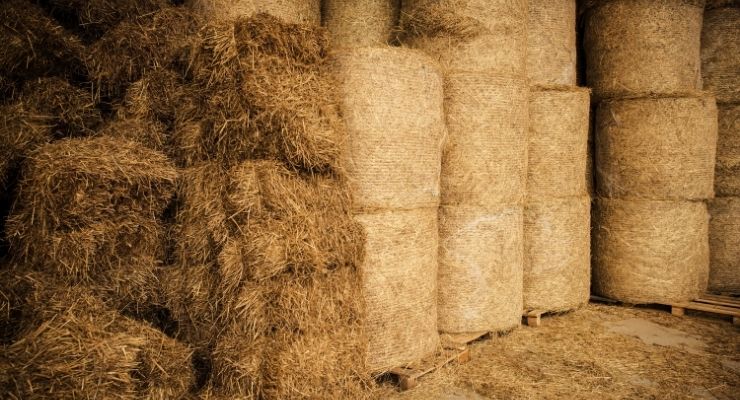
As we enjoy the colors of autumn, it’s time to look forward to the harsh cold of the snow and what that means for your ranch. It’s best to prepare sooner than later so that your livestock is ready for when winter does hit.
Here are a few tips to prepare your ranch for the winter season.
Preparing Your Cattle
If you haven’t done so already, the fall is a good time to start body condition scoring your cattle. This way, you’ll have their scores for future reference. A BCS of 5 to 6 will be ideal for enduring the winter season. Group cattle with a BCS of 4 separately so that you can work on increasing their score. A great way to do this is to add feeders out in the pasture during the fall to encourage grazing before the winter hits.
Afterward, a general herd health check is the next best step to take. Consult a veterinarian to learn of any fall vaccinations that your cattle may need to prevent conditions like pneumonia, winter lice, or hoof rot. Lastly, be aware of what plants naturally grow on your ranch, as plants like Sudangrass are toxic to cattle after the first frost.
Preparing the Ranch
Once your cattle are in good health, you can move on to prepping their shelter. Wind protection is especially pivotal, so you should check for windbreaks within the shelters to ensure that they remain protected from the brunt of the cold. At the same time, you want to retain proper ventilation in the space as well.
A good tip for preparing your ranch for the winter is to add extra lights. Because you lose daylight during the winter, sufficient lighting will allow you and your farmhands to get your work done without issues even after the sun has set.
Food and Water
Pasteurizing becomes more challenging when everything begins to freeze and snow covers the ground. Also, you must keep up with the needs of your cattle. To compensate, you first need to know how to properly store away your hay so that it doesn’t become soaked from snow or blown around in the wind.
Next, you need to create a water plan. Take stock of your water sources and anticipate the possibility that they’ll freeze by preparing secondary water sources for your cattle. Cattle need between 7 to 12 gallons of water a day, and they’re less inclined to drink when it’s cold. To encourage them to drink their fill, do what you can to provide them with warmer water.



